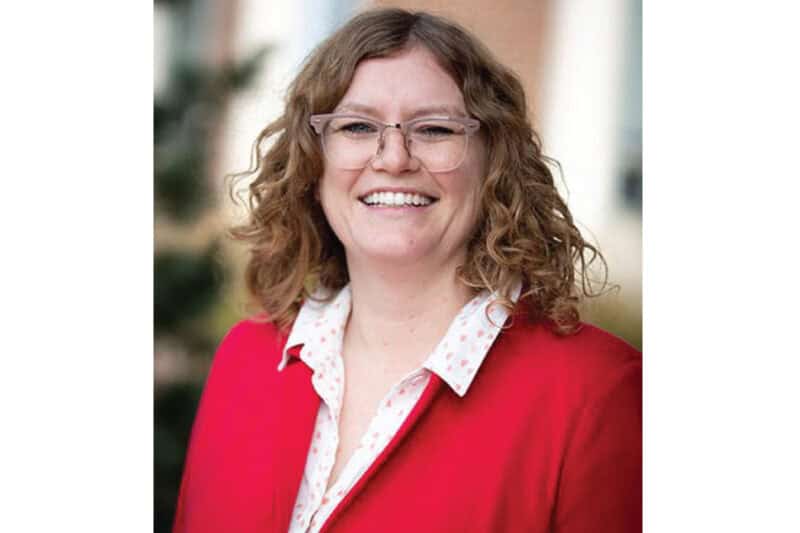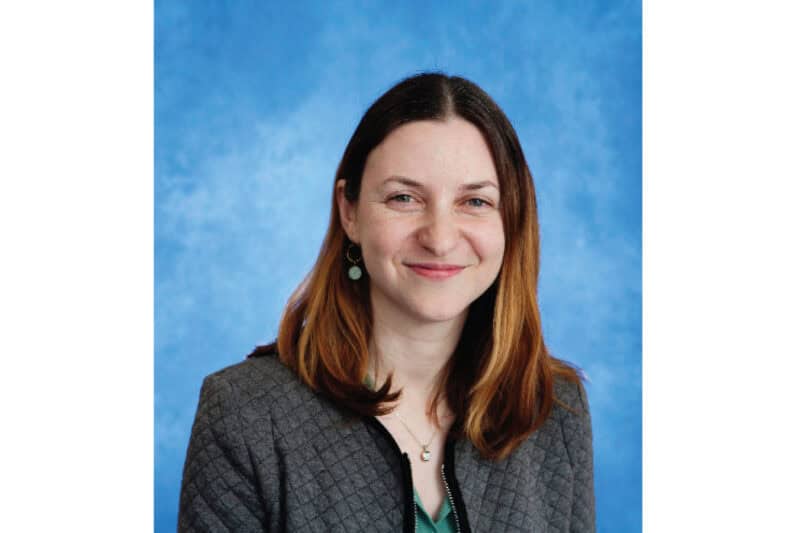This episode “What We Have Learned with Feeding in Automatic Milking Systems” was recorded at the 2025 Tri-State Dairy Nutrition Conference in Fort Wayne, Indiana.
Episode 173: What We Have Learned with Feeding in Automatic Milking Systems
Timestamps:
Dr. Fessenden gives an overview of his presentation which covered both research and field information on automated milking systems, focusing on the feeding aspects. He recommends going back to basics. This includes formulating a rumen-friendly PMR with a complementary palatable feed that encourages the cows into the robot system. (5:57)
The panel discusses ideas for driving cows to the robot on different types of PMRs. They talk about management of transition and late lactation cows in automated milking systems. They also discuss the use of custom pellets versus other supplemental feeds in the robot. These are all crucial to feeding effectively in such systems. (9:04)
Dr. Fessenden talks about some of his experiences visiting automated milking systems in Europe. He highlights some of the differences between European and North American approaches to diet formulations in automated systems. The group goes on to talk about different options for supplemental feed formulations in the robot. These are crucial for feeding within automatic milking systems. (18:38)
Dr. Fessenden and Dr. Tylutki share ideas for how feeding technology could help both traditional and automated milking farms in the future. They discuss more precise grouping of cows and targeted feeding of those groups to better match requirements. This approach could become a best practice in feeding within automated milking systems. They also discuss how movement to different pens and diet changes can impact milk production. (23:45)
Dr. Tylutki updates the group on advancements in the AMTS balancing tools for multiple robot feeds. He and Dr. Fessenden describe the challenges of developing new tools. These tools need to be streamlined and user-friendly for nutritionists. They also delve into the role artificial intelligence and machine learning might play in ration balancing in the future. This is particularly important for feeding in automatic milking systems. (29:32)
Dr. Fessenden encourages nutritionists to think outside the box when working with automated milking herds. This helps in making decisions that are right for that particular farm. Dr. Tylutki chimes in with advice to spend time actually watching the cows on the farm. Dr. Van Soest echoes this sentiment when it comes to troubleshooting issues with the robots themselves. Feeding in automatic systems requires different strategies; don’t just assume it’s an issue with the ration. Instead, ask or observe for yourself what may have changed on the farm that could contribute to the issue the farm is facing. (40:02)
Panelists share their take-home thoughts. (45:20)
Conclusion
Please subscribe and share with your industry friends to invite more people to join us at the Real Science Exchange virtual pub table.
If you want one of our Real Science Exchange t-shirts, screenshot your rating, review, or subscription. Email a picture to anh.marketing@balchem.com. Include your size and mailing address, and we’ll mail you a shirt.



